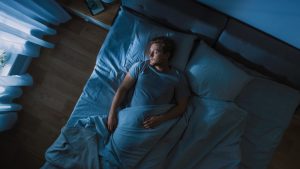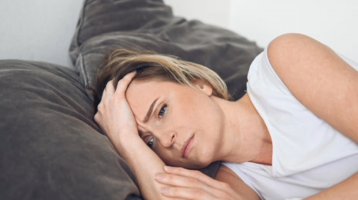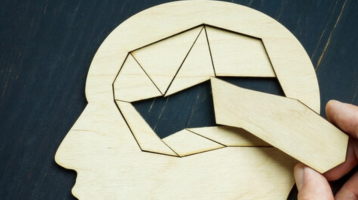Sleep helps to consolidate our memory for complex associations, supporting our ability to complete memories of entire events. Researchers have known for some time that sleep consolidates our memories of facts and episodic events. However, previous research has mainly focused on simple associations, i.e. connections between elements, such as those we make when learning new vocabulary. In real life, however, events usually consist of several components – for example, a place, people and objects – which are linked together in the brain.
These associations can vary in strength, and some elements may only be indirectly connected. Thanks to the neural connections underlying these associations, a single cue is often enough to remember not just individual aspects of an event, but several aspects at once. This process, known as pattern completion, is a fundamental feature of episodic memory. Lutz is the lead author of a study recently published in the journal Proceedings of the National Academy of Sciences (PNAS), which investigated the effects of sleep on the recall of such complex events.
How Sleep Stores Complex Content
After the study participants had learned events with complex associations, in one condition they spent the night in a sleep laboratory where they were allowed to sleep as usual, while in another condition they had to stay up all night. In both conditions, the participants were allowed to spend the following night at home to recover. They were then tested on how well they could remember various associations between elements of the learned events.
 The researchers were able to show that sleep particularly strengthens weak associations and reinforces new associations between elements that were not directly linked during learning. In addition, the ability to remember several elements of an event together after being presented with a single cue was better after sleep than in the situation in which the participants had remained awake. This shows how important sleep is for the completion of partial information and the processing of complex events in the brain.
The researchers were able to show that sleep particularly strengthens weak associations and reinforces new associations between elements that were not directly linked during learning. In addition, the ability to remember several elements of an event together after being presented with a single cue was better after sleep than in the situation in which the participants had remained awake. This shows how important sleep is for the completion of partial information and the processing of complex events in the brain.
By observing the brain activity of the study participants during sleep, the authors of the study were also able to show that the improvement in memory performance is related to so-called sleep spindles – bursts of neuronal oscillatory activity during sleep that are associated with the active consolidation of memory content.this occurs by reactivating the underlying neuronal structures during sleep. This finding suggests that sleep spindles play an important role in the consolidation of complex associations that underlie the completion of memories of entire events.
According to Lutz and Besedovsky, the observed effects of sleep on memory can be seen as an important adaptation of the human brain, as it helps people to form a more coherent picture of their surroundings, which in turn enables them to make more comprehensive predictions about future events. According to the researchers, these findings reveal a new function through which sleep may provide an evolutionary advantage and open up new perspectives on how we store and retrieve information about complex, multi-element events.
Remembering Faces and Names
For those who rarely forget a face but have difficulty with names, the cure for improving learning ability could be restful sleep. Research from Northwestern University shows how reactivating memory during sleep affects face and name learning. The researchers found that name recall improved significantly when the memory of newly learned face-name associations was reactivated during sleep. The key to this improvement was uninterrupted deep sleep.
The research team found that in study participants for whom EEG measurements (a recording of the brain’s electrical activity captured by electrodes on the scalp) indicated disturbed sleep, memory reactivation did not help and could even be harmful. However, for those who slept uninterrupted at the specific times of the audio presentations, reactivation led to a relative improvement, as they were able to remember slightly more than 1.5 more names on average. When each face was shown again, they were asked to name it. After the learning exercise, the participants took a nap while the researchers carefully monitored brain activity using EEG measurements. When the participants reached “N3 deep sleep”, some of the names were played quietly over a loudspeaker with music associated with one of the classes. When they woke up, they were tested again to recognize the faces and remember the name associated with each face.







